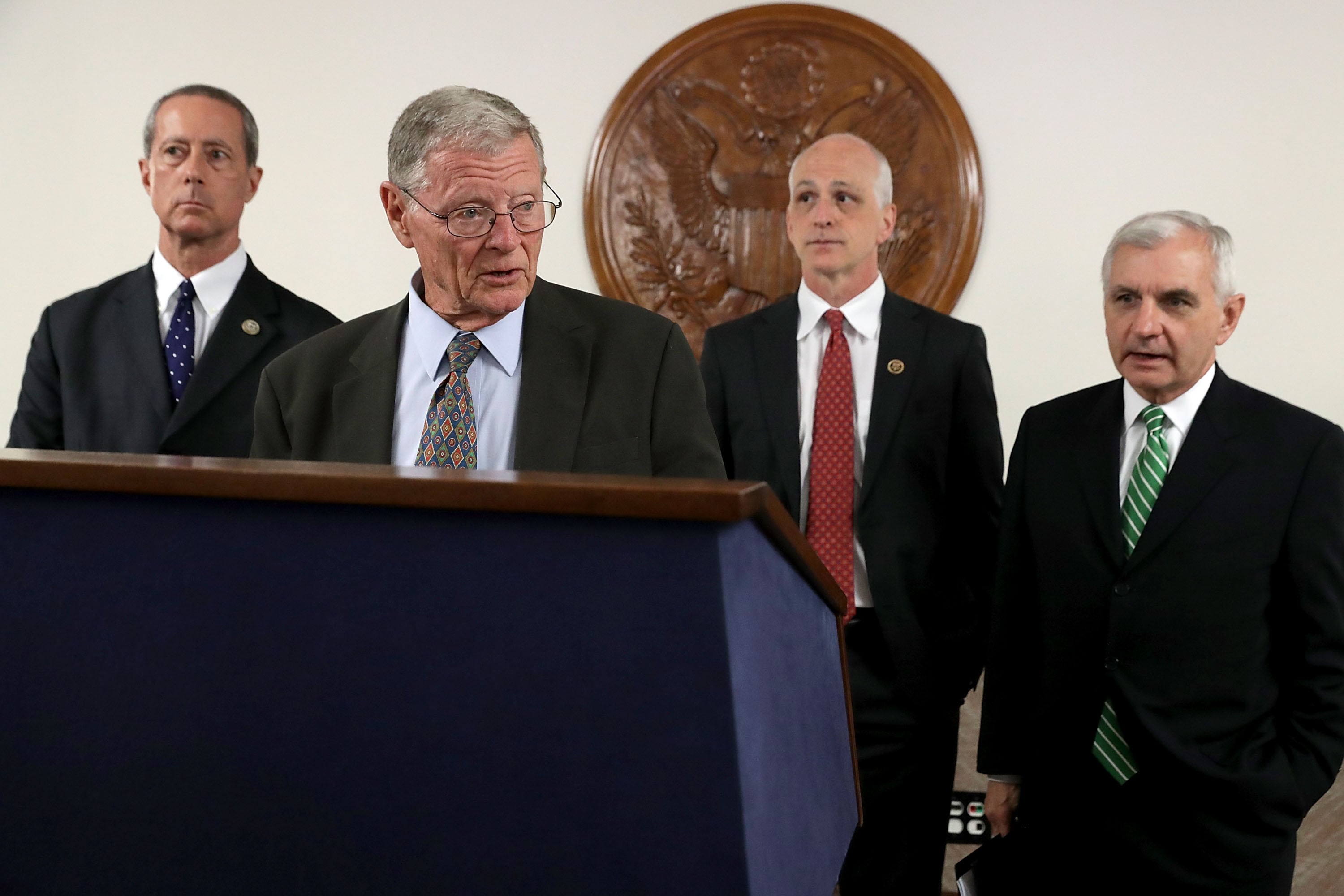The “race to 5G” continues to dominate news headlines, congressional hearings and the attention of U.S. federal agencies — and rightfully so. With faster speeds, lower latency and increased bandwidth, Americans will benefit from new and/or enhanced 5G wireless services, such as remote surgeries, autonomous vehicles, precision agriculture and even tools to help our first responders save lives.
Under the leadership of Federal Communications Commission Chairman Ajit Pai, the FCC has been working expeditiously to unleash additional 5G spectrum in low-, mid- and high-band frequencies. In August, the White House announced plans to free up 100 megahertz of mid-band spectrum from 3.45-3.55 GHz, an action made possible because of the Defense Department’s commitment to 5G. As a result of this and other efforts, the FCC is set to make hundreds of megahertz of mid-band spectrum available for 5G services on a shared or exclusive basis.
The GPS Innovation Alliance, or GPSIA, applauds these efforts, which are a win for the public interest and an important step forward in advancing America’s leadership on 5G.
Noticeably absent from the August announcement (or the chairman’s comprehensive 5G FAST Plan) has been any mention of Ligado Network’s proposal to repurpose satellite spectrum in the L-band for high-power terrestrial use. Though its omission may disappoint Ligado, who has repeatedly argued that it is “uniquely poised to facilitate America’s 5G future,” the facts demonstrate that the L-band is neither necessary nor relevant to winning the 5G race or maintaining U.S. leadership on 5G.
RELATED

5G is not a futuristic concept. Millions of Americans already have access to 5G services from at least one of the nation’s largest wireless providers. But by no means should we stop there. GPSIA believes all Americans benefit from a competitive 5G landscape, and that goal can be achieved without undermining U.S. Global Positioning System receivers and devices that are foundational to wireless technology in general, including 5G.
Despite many of Ligado’s bold assertions, their spectrum blocks of 10 noncontiguous megahertz, represents less than 1 percent of the spectrum the FCC has auctioned or proposed be made available for 5G services. This is well below what is needed for 5G services in the U.S.
Second, Ligado’s spectrum is not internationally harmonized, significantly diminishing its effectiveness as a 5G band. GSMA, an industry organization representing the interests of mobile network operators worldwide, has emphasized the importance of international harmonization to “make the best possible mobile services available for everyone and everything.”
Finally, Ligado’s proposed network simply will not offer a 5G service. Ligado merely plans to provide limited Internet of Things services, primarily delivered over custom private networks to specific geographic areas for limited vehicular and utility operations. Not only is this not a 5G service offering, but similar services are already being offered by wireless service providers and are doing so without interfering with GPS.
Even if one accepts Ligado’s argument that it is providing additional spectrum for 5G, its use of the L-band for a high-power terrestrial service threatens to undermine the foundation for existing 3G and 4G networks as well as mainstream 5G networks. In other words, U.S. cellular networks could experience disruptions if Ligado is allowed to deploy its network. Let me explain.
Ever since 2G CDMA networks were initially deployed more than 20 years ago, GPS has been used to align the timing between cellular base stations. With 3G and 4G networks, GPS grew in importance, providing a common clock to synchronize base stations while minimizing interference. Now, the advanced radio features associated with 5G have made extremely accurate timing alignment even more critical. For the consumer, the improved timing accuracy enabled by GPS translates into significantly higher data speeds, lower latency and a smoother handover between cell stations, thereby reducing delay and maximizing spectral efficiency.
The wireless industry’s reliance on GPS also has major economic implications. A report commissioned last year on behalf of the National Institute of Standards and Technology concluded that a GPS outage of 30 days could result in an economic loss to the telecommunications sector of as much as $14.2 billion. This same study pegged the economic impact of GPS to the telecom industry at up to $686 billion, reinforcing why it is so critical that GPS be protected.
Ultimately, U.S. 5G leadership is not just about spectrum, modernizing infrastructure policy or eliminating outdated regulations. While each are essential components of any 5G plan, the economic and societal benefits of “real” 5G cannot be fully realized unless GPS receivers are protected from harmful interference. GPSIA supports the well-documented views of the expert agencies charged with preserving the integrity of GPS and will continue to champion the policies necessary to promote, protect and enhance this essential public resource.
J. David Grossman is the executive director of the GPS Innovation Alliance.








